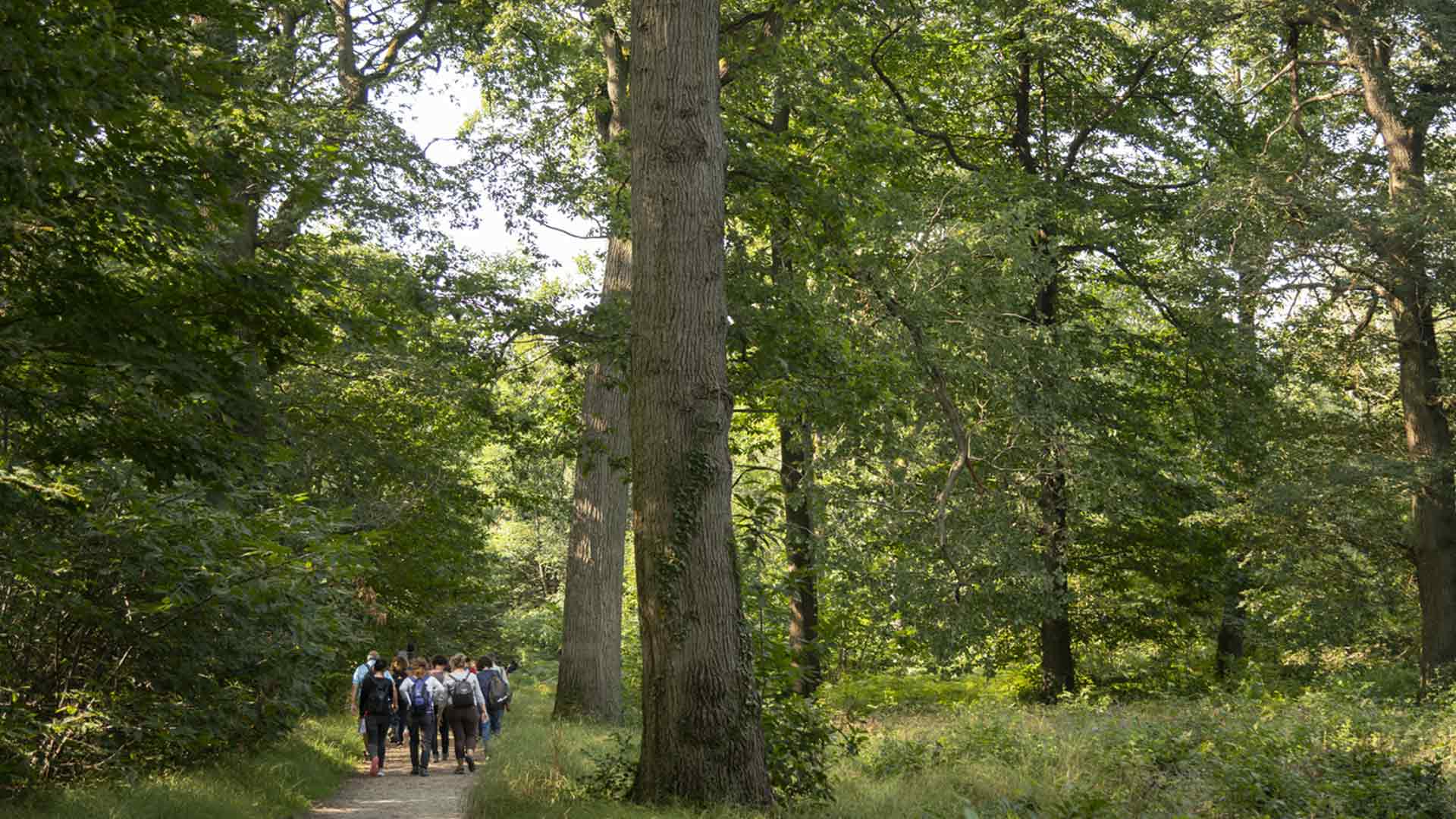
How do Paris Region residents perceive the region's forests, and how often do they visit them? These are some of the questions asked in a survey conducted by ViaVoice in spring 2022 for the French National Forestry Board, the results of which were recently published. Michel Béal, Director of the ONF-Paris Region West branch, explains.
Why did you decide to conduct this survey on the relationship between Paris Region residents and their forests?
Michel Béal : When you manage public forests, like the ONF, you have to combine three major functions: a social function, an environmental function and a timber production function. First and foremost is the social function.
We work with elected representatives and local associations to meet the demand for the green lungs that forests represent. That's good, but it's also interesting to look at the public's side of the equation to better assess their needs.
52% of Paris Region residents say they visit a forest at least once a month. That's a pretty high figure. Does it surprise you?
Rather than surprise, I'd call it confirmation of an idea. Thanks to surveys, we know that there are around 80 million visitors a year to Paris Region's national forests. And the numbers were even higher after covid. Nowadays, we get around 90 to 100 million visitors a year. This makes our forests the number one tourist destination in Paris Region.
Nevertheless, we can see that the inhabitants of Seine-Saint-Denis are somewhat the "underdogs" in this affair. 19% say they never go to the forest...
Because the closer you are to a forest, the more you go. If you look at an aerial map of Paris Region, you'll see that the density of forests is highest in western Paris and south-eastern Val-de-Marne.
Seine-Saint-Denis has no national forest at all.
The survey shows that forests have a very positive overall image. On the other hand, 41% of those surveyed said they don't go more often because they're reluctant to walk alone. It even arouses fear and anxiety in around 20% of those aged 18-24...
What do you make of these results?
We can already point out that, among those surveyed, there are obviously no children or young teenagers for whom the forest represents a place of adventure and discovery. And it has to be said that older teenagers are an age group that comes to the forest less often. We find them later, once they're married, with children. In any case, there are very few assaults in the woods.
While the forest may seem ominous, in the end it's more a matter of the collective unconscious. Stories we were told as children, filled with wolves and danger.
But I can tell you that, for example, walking in the forest at night is absolutely magical.
But the weight of our childhood stories weighs heavily on our shoulders...
The survey also shows that, while Paris Region residents love their forests, they don't know them very well. They don't necessarily know who manages them; 45% think they're untamed...
I'd like to start by mentioning another figure that came as a pleasant surprise: 74% of Paris Region residents feel that they are fairly or very well managed. In other words, a rather satisfied silent majority covered by a critical and noisy minority. But there is indeed a gap that we managers need to close.
We have a lot of work to do in terms of teaching and passing on information. In short, we need to strengthen the forest/society dialogue. Even though we've done a lot in the last five years, we need to go even further. After all, the public doesn't come to the forest just for a stroll. They discover things, ask questions. So it's up to us, along with local authorities and associations, to act as intermediaries. We already receive thousands of children a year.
This is a very important educational dimension. Because the more a human being understands forests, the more inclined he or she will be to protect them.
One of the trickiest questions is how to cut the wood. It's clear from this survey that it's not necessarily understood. 63% of people think that cutting wood to market is a bad idea...
The public understands that logging is good for society. But there's a bit of the Dogmatix syndrome: people just can't stand it happening in front of their eyes. And yet, they see the importance of operating on short circuits.
Moreover, to keep the forest alive and attractive, it is necessary to cut down and market the wood so that it can be used. This is another area where we need to step up our communication. We're not going to rest on our laurels; we're going to continue this mission of teaching and education.
See the results of the survey conducted by ViaVoice for ONF on onf.fr
Interview by Joséphine Lebard / Enlarge Your Paris
© Jérômine Derigny - Forêt de Versailles

